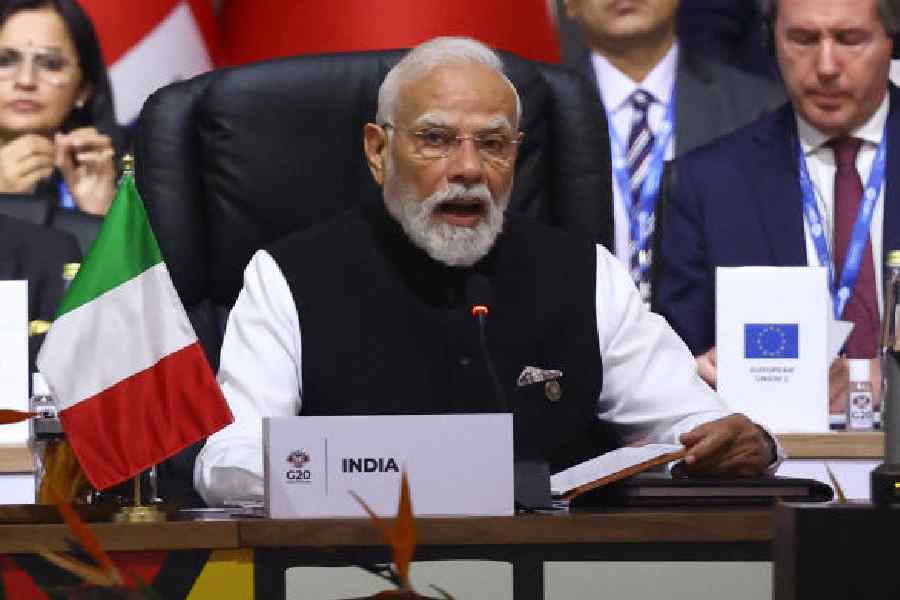The popular definition of news attributed to, among others, the former editor of The New York Sun, John B. Bogart, “When a dog bites a man, that is not news, because it happens so often. But if a man bites a dog, that is news”, is no longer pertinent in this fast-changing technological world. Traditionally, it was thought that news should be unusual and taken from everyday life. However, with the advent of Artificial Intelligence, the definition and the ecology of news are being redefined. From the printing press to the metaverse, the changing role of technologies has leapfrogged the journey of journalism from a standalone profession to a participatory and plural space. Transmedia storytelling, for instance, is catching the attention of the audience and is providing fodder for judicious deliberations across the globe. However, AI’s excessive weaponisation could be a stumbling block in the ecosystem of news media.
Technology has always been central to journalism. The telegraph, telephone, radio, television and, more recently, AI, blockchain, and the metaverse have transformed the nature and the pace of the profession. Hence, a discussion of the history and the current form of journalism would be incomplete without deliberating on communication technologies.
AI has started influencing several facets of the news media. Powered by AI tools, data journalism is going great guns. Computer-assisted reporting, infographics, data visualisation and interactive visualisation are increasingly being used in newsrooms. Storytelling through computational journalism is ushering in paradigmatic shifts and setting newer trends.
The advent and proliferation of communication technologies have also led to the prioritisation of participatory journalism via the ‘citizen journalist’. User-generated content is, in turn, generating social change and inclusive development. The transformation of journalism through AI for change and development has become feasible. AI has initiated and intensified upward communication, which is a fundamental requirement for participatory journalism.
Journalism and activism remain inseparable. Media activism has intensified thanks to the massive use of technologies, including AI tools, by activists and non-governmental organisations. Emancipatory journalism facilitated by technology is also aiding policy advocacy initiatives and policy reforms.
But the AI revolution in journalism is not free of ethical concerns. This technology is going to curtail manpower in newsrooms. It will force existing journalists to be skilled in data science, statistics, designing and other presentation skills. Excessive and inappropriate use of AI tools has also created the notions of ‘Good AI’ and ‘Bad AI’ in the news media. None is discussing the dichotomy between the Global South and the Global North when it comes to the use of AI in the production, distribution and consumption of news.
Machine versus man in newsrooms remains the larger talking point. Would AI tools be useful for journalism? Or would they be a superspreader of misinformation?










